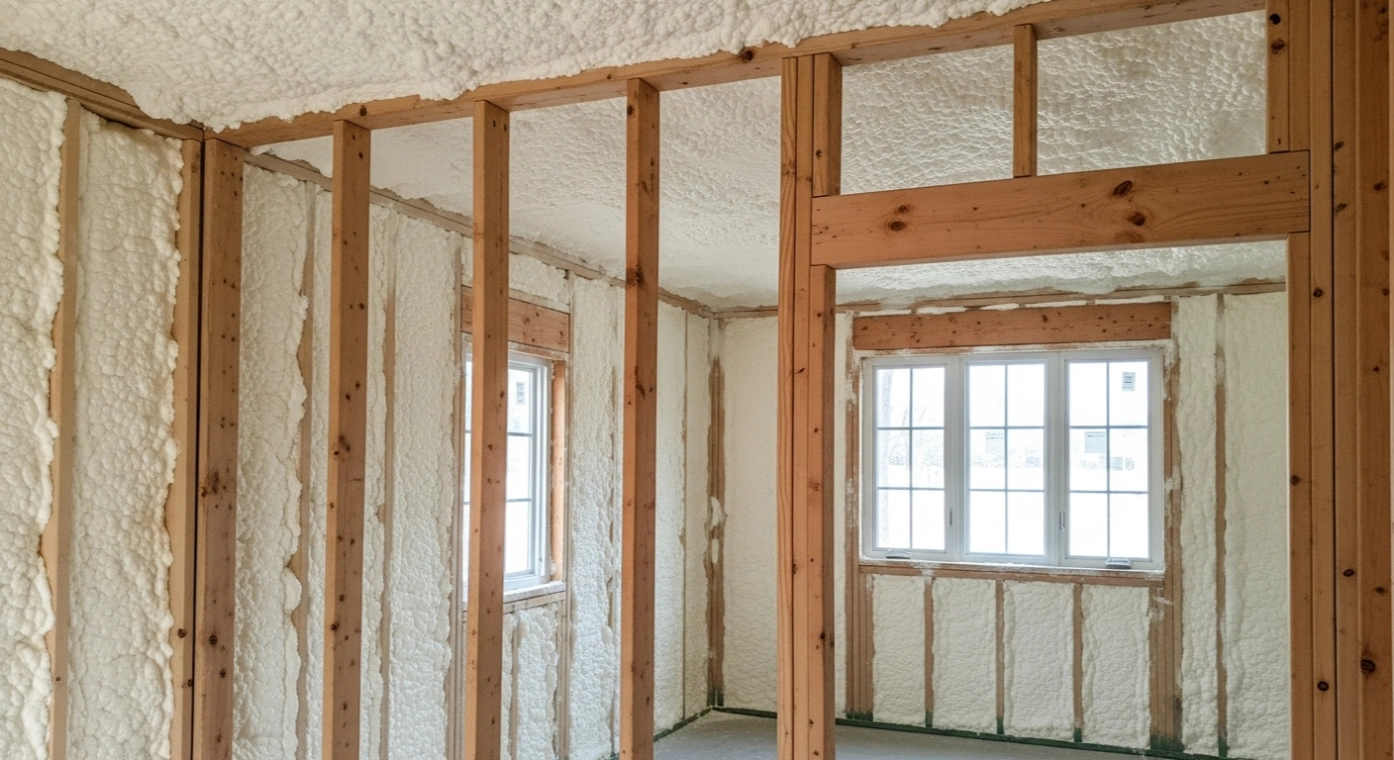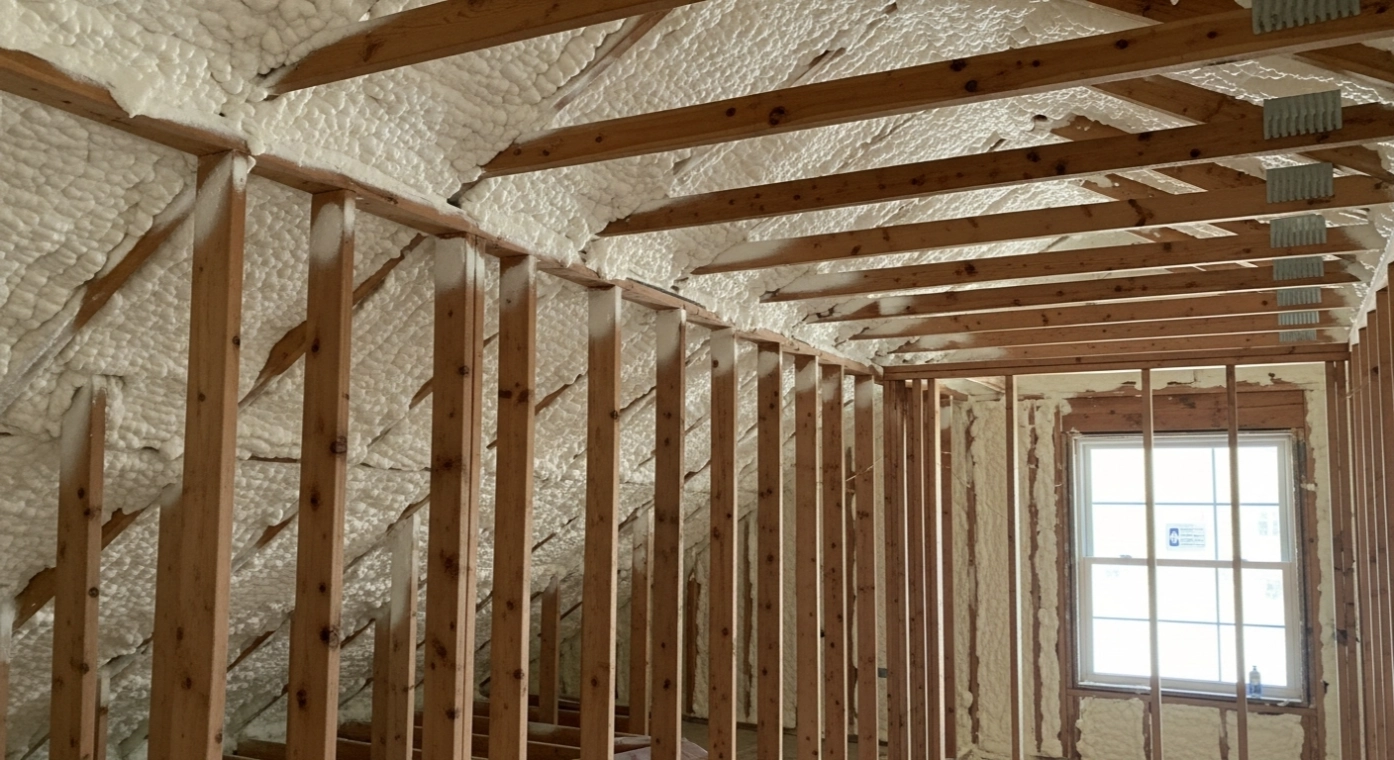
Spray foam insulation can directly influence indoor air quality by creating an air-tight seal that reduces the flow of pollutants, allergens, and moisture into living spaces. In Seattle homes, where damp conditions and seasonal shifts bring unique challenges, this insulation method often contributes to improved air cleanliness and more stable humidity levels. Properly applied spray foam prevents outdoor air infiltration, minimizes dust circulation, and controls mold growth potential. However, correct installation and curing are critical since off-gassing during application may temporarily lower air quality.
This article provides an in-depth look at how spray foam insulation interacts with the Pacific Northwest climate, focusing on both advantages and considerations. The content draws on field experience, technical knowledge, and published research to present a trustworthy guide for homeowners.
Spray foam insulation limits drafts and moisture entry, which are two leading contributors to poor air conditions inside Seattle residences. In damp coastal climates, untreated gaps in walls, attics, or foundations often promote condensation and mold. By sealing these gaps, spray foam restricts moisture migration. This creates a controlled indoor environment that lowers spore growth and reduces airborne irritants.
Bonus Tip: Homeowners should ventilate living areas during the first 24–48 hours after installation to allow chemical components to fully cure.
| Factor | Spray Foam (Open-Cell) | Spray Foam (Closed-Cell) | Fiberglass Batts | Cellulose |
|---|---|---|---|---|
| Air Seal Effectiveness | High | Very High | Low | Moderate |
| Moisture Resistance | Moderate | High | Low | Moderate |
| Mold Growth Potential | Low | Very Low | High | Moderate |
| Off-Gassing Concerns | Temporary | Temporary | Minimal | Minimal |
| Long-Term Indoor Air Quality Impact | Improved | Strongly Improved | Variable | Improved |
| Technical Factor | Open-Cell Spray Foam | Closed-Cell Spray Foam |
|---|---|---|
| Typical Density | ~0.5 lb/ft³ | ~2 lb/ft³ |
| Vapor Permeability | Higher (perm rating: 10+) | Lower (perm rating: 0.5–2) |
| Expansion Ratio | 100x | 40x |
| Ideal Application Areas | Interior walls, attics | Foundations, exterior walls, roofing |
Seattle’s high annual rainfall (averaging 37 inches, NOAA 2023) and relatively mild winters create conditions where moisture control is just as important as temperature regulation. Closed-cell spray foam offers higher resistance to water vapor, making it effective in basements and exterior-facing walls. Open-cell foam is more suitable for interior partitions where soundproofing and breathability are priorities.
Bonus Tip: In homes with existing moisture issues, it is best to address leaks or drainage concerns before applying spray foam to avoid trapping water inside building assemblies.

Spray foam reduces outdoor infiltration but requires balanced ventilation to maintain fresh air levels.
Yes, once fully cured, both open-cell and closed-cell foams are considered safe and chemically stable.
It reduces conditions for mold growth but does not remove existing mold; remediation is required before installation.
Spray foam insulation improves indoor air quality in Seattle homes by sealing gaps, limiting moisture transfer, and stabilizing humidity. The type of foam and application area should be matched to the building’s needs and climate-specific factors. Homeowners benefit most when installation is paired with proper ventilation strategies and pre-installation moisture assessments.
For more information or to discuss insulation options, contact Cascadia Spray Foam of Seattle at (425) 386-3500 or by email at [email protected].
Spray foam maintains air sealing effectiveness for decades without degrading, provided no structural damage occurs.
Yes, but removal requires professional tools and is labor-intensive, especially for closed-cell foam.
A tightly sealed building may require adjusted HVAC sizing or mechanical ventilation to maintain balanced air flow.
Routine checks on ventilation systems and addressing leaks around windows and doors help maintain optimal air quality.
Yes, spray foam reduces outside air infiltration, which helps filter particulates during regional smoke events.